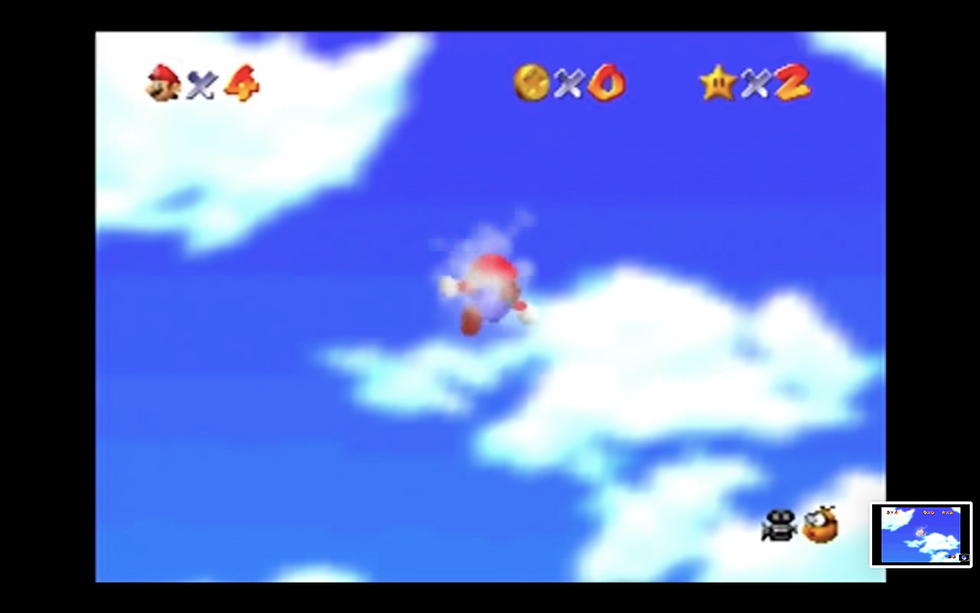Game Review: Star Fox (1993)
- plbevington
- Oct 18, 2019
- 4 min read
Star Fox, released by Nintendo in 1993, is everything that an action-packed space shooter should hope to be. As soon as the game begins, the player is thrown into the fast-moving cockpit of Fox McCloud, the vulpine leader of Star Fox, a team of anthropomorphic mercenaries. The game follows the team as they defend their homeworld Corneria from the evil forces of Venom, led by the mad scientist Andross. While the plot is seemingly straightforward, the gameplay is much more difficult to master. The player has ample control over Fox’s Arwing spacecraft in all three dimensions, including the ability to “do a barrel roll” to dodge oncoming fire. While the player is able to speed up or slow down, their Arwing is perpetually moving forward through the level, mimicking the constant, linear motion of many platformers. Equipped with a blaster and nova cannon, the player’s objective is to destroy as many enemies as possible. In simple terms, the game is all about shooting enemies and dodging obstacles (sound familiar?).

While the game may resemble many others of its time, it is quite unique in its style and presentation. As the pioneer of the Super FX graphics chip, it stands out among the first 3D games available on a home gaming system. In addition to a dynamic camera perspective, which switches from cockpit to external views throughout the different levels, the game provides a unique take on difficulty settings. At the start of the game, rather than being presented with the traditional selection of several difficulty levels (such as Easy, Regular, or Hard), the player is presented with a map showing three different paths from Corneria, where the game begins, to Venom, where the story ends. Each of these paths corresponds to a different difficulty, and has its own set of levels. This not only gives the game a great deal of replay value, but also gives the player a great deal of choice. The idea that the player controls their course is in fact slightly ironic, given that the game limits the player to move around the screen as their spaceship follows a predetermined path. This illusion of control extends to the narrative as well, where the player leads the Star Fox team through a series of battles and boss fights, never questioning the purpose of their mission. While the story is framed as one of heroic defense, one has to wonder why a group of mercenaries is undertaking an offensive to attack another planet.

While war and conflict is ever-present in Star Fox, the game does a good job of abstracting these themes and producing something that can only be described as “tasteful violence.” Instead of horrifying monsters or enemy soldiers, the player is met by an army of 3D polygons, contributing to the game’s geometric feel. Some of the levels and boss fights are quite creative, and feel more like you are solving a puzzle than fighting in a battle. Similarly, the characters in the game don’t seem like the typical soldiers one would find in a first-person shooter. While the concept of animals fighting in an intergalactic space war is pretty strange, the game manages to promote a real sense of camaraderie between you, Falco Lombardi, Krystal, Slippy Toad, and Peppy Hare. As your squad members fly in and out of view, occasionally calling out gibberish over the radio, you do get the feeling that you are working as part of a team. If you manage to save one of your squadmates by shooting down a trailing enemy, they will repay you by destroying some of the remaining enemies in the level, thus putting you closer to your goal. While these interactions do not affect the course of the game (your teammates can in fact get shot down and will simply return in the next level), they generate a cooperative setting that creates the feeling of working towards a constructive goal, regardless of the real intentions of your mission.

Star Fox is a hectic, fast-paced game, putting the player in a constant state of alert. While quick reactions and coordinated movements are essential to success, the game never becomes too much to handle, since it is inherently forgiving. Unlike many shooters or platform games, getting hit by enemies or crashing into objects will not immediately end the run. Instead, the player’s Arwing has a shield that absorbs damage (up to a certain point). This shield system allows the player to experiment with the controls and enjoy the narrative without the constant fear of being destroyed. This mechanic, combined with the high level of thematic abstraction, produces a game that seems somewhat removed from the genre of shooters.
However, while Star Fox may at times seem like an action-packed flight simulator, the primary objective of the game is still destruction. Points are awarded to the player based solely on the number of enemies shot down, meaning that it is impossible to play the game without getting your hands dirty. But what can you expect? As far as fast-paced shooters go, Star Fox is both a pioneer in its genre and a role model for countless others. While the graphics are often stuttery and inconsistent (especially when playing on an emulator), the game was way ahead of its time. The quality of game mechanics and a unique style led to Star Fox becoming one of the most successful shooters of the early 1990s, paving the way for its famed successor, Star Fox 64. If you are looking to experience a creative and well designed retro game that is challenging from start to finish, I would recommend that you hop in the cockpit with Star Fox.




Comments